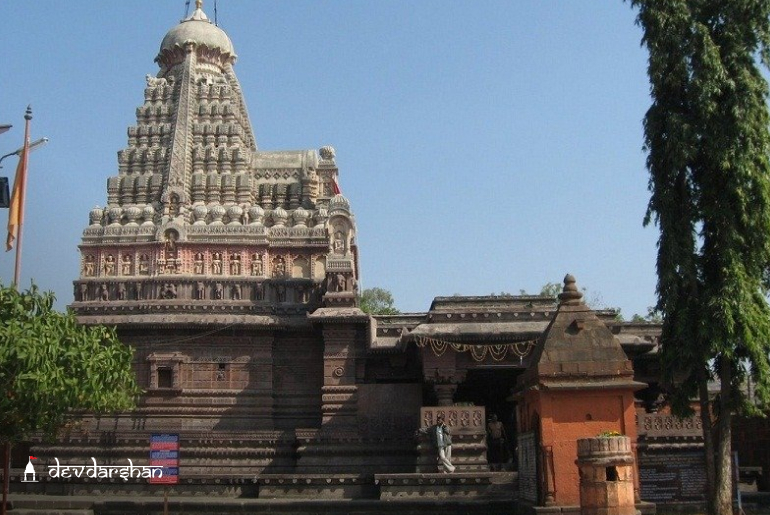Ghushmeshwar Jyotirlinga
Ghusmeshwarnath Jyotirlinga is one of the 12 Jyotirlingas (sacred shrines of Lord Shiva) mentioned in Hindu mythology. It is located in the small town of Veraval in the state of Gujarat, India. However, it is also
Legend has it that once Vajranabha went on a pilgrimage to various holy places to seek Lord Shiva’s blessings. During his journey, he arrived in Veraval, where he found a divine Shiva Linga. Impressed by its divine aura, Vajranabha decided to build a temple to house the Linga and named it after the presiding deity, Ghusmeshwar.
Also Find: How to perform Lord Shiva Puja?
Ghushmeshwar Jyotirlinga Temple History
According to Hindu mythology, the Ghusmeshwarnath Jyotirlinga temple has a rich and ancient history. It is said that the temple was built by Lord Krishna’s grandson, Vajranabha, who is also known as the founder of Mathura City.
The temple has a rich history and is associated with several dynasties and rulers who contributed to its growth and development. The temple has also survived several invasions and attacks, which is a testament to its cultural and historical significance.
Ghusmeshwarnath Jyotirlinga complex was later expanded by various rulers and devotees, including the Chudasama dynasty of Gujarat. They renovated the temple and added various structures, including a grand entrance gate, several smaller shrines, and a large pond known as the Laxmi Vilas Kund.
The temple also has historical significance as it was the site of several battles during the medieval period. The Mughal emperor Aurangzeb, who was known for his anti-Hindu policies, destroyed several Hindu temples during his reign. However, the Ghusmeshwarnath Jyotirlinga temple was one of the few temples that managed to survive his reign.
Today, the Ghusmeshwarnath Jyotirlinga temple remains an important pilgrimage site for devotees of Lord Shiva. The temple is managed by the Shree Somnath Trust and attracts a large number of devotees from across India and around the world.
Also Read: Legend behind Omkareshwar Jyotirlinga
Importance of Ghusmeshwarnath Mandir
The Ghusmeshwarnath Jyotirlinga temple is considered a highly significant and revered site in Hindu mythology and is one of the 12 Jyotirlingas, which are believed to be the most sacred shrines of Lord Shiva. Here are some of the key significances of the Ghusmeshwarnath Jyotirlinga temple:
Spiritual significance: The temple is believed to be one of the most powerful forms of Lord Shiva. It is said that those who worship at this temple with devotion and purity are granted blessings, protection, and salvation.
Historical significance: The temple has a rich and ancient history that dates back to Lord Krishna’s grandson, Vajranabha. It is believed that the temple complex was expanded by various rulers and devotees over time, making it an important site of cultural and architectural significance.
Cultural significance: The temple is an important pilgrimage site for devotees of Lord Shiva, and attracts large numbers of visitors during important festivals like Maha Shivaratri and Shravan. The temple is also a symbol of the vibrant and enduring Hindu culture and is considered an important part of India’s cultural heritage.
Architectural significance: The temple’s architecture is a classic example of traditional Hindu temple design, with intricate carvings and sculptures adorning the walls and ceilings. The temple’s grand entrance gate, smaller shrines, and large pond add to its architectural grandeur.
Overall, the Ghusmeshwarnath Jyotirlinga temple is an important site of spiritual, historical, cultural, and architectural significance, and is revered by devotees of Lord Shiva around the world.
Check out various Online Puja and services provided by DevDarshan here and get your bookings done in one click. If you want to know more about Indian culture, Indian Temples, Pujas and festivals, then download the DevDarshan App. Don’t forget to share this blog if you liked.





